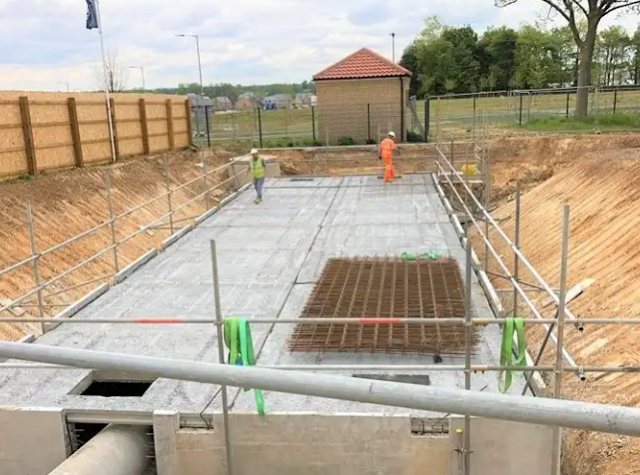All You Need to Know About the Traditional and Modern Approaches of Stormwater Management
Rapid urbanisation has negatively affected our natural hydrological system, which results in more frequent floods. Apart from that, it has also caused surface water pollution and the continuous vanishing of groundwater. To prevent all these issues, stormwater management techniques should be adopted. In this write-up, we have explained the traditional and modern approaches to stormwater management.
Conventional urban drainage system
This approach was aimed at mitigating the risk of flood and waterlogging. The stormwater drainage system consists of numerous elements, such as open channels, road-drainage systems, catch basins, curbs, gutters, and underground basins. The main approach behind this approach was to prevent flood and remove waterlogging in no time.
The traditional system implemented for stormwater management in cities is known as storm sewer system. This type of drainage system was constructed on the propagation that stormwater is a waste product that should be removed from the area as soon as possible. In this method, the water from the source area is directed to the nearby water bodies, without considering its quality.
The system had many drawbacks, surface water pollution being the most common one. Plus, in this method, there was no provision for underground water recharging. Also, increased peak discharge and volume of runoff often caused the bursting of drainage pipes.
New stormwater management approach
Modern stormwater management aims at both flood control and pollution control, which is a key factor in enabling good ecological status. It focuses on source control to handle the quality and quantity of the runoff at the local level.
This method of stormwater management uses a diverse range of control procedures, which integrate stormwater quality and quantity control. Moreover, it also focused on recharging groundwater, preventing geomorphic changes in waterways, preventing flooding risks, protecting water quality, and maintaining aquatic life.
Well, whether your municipality has adopted a conventional or modern method of stormwater management, you must install a stormwater attenuation tank in your house. In this way, you can contribute towards restoring the natural hydrological system. The simplest approach to domestic stormwater management is to install a tank-based stormwater attenuation system.
Conclusion - While the traditional stormwater management system only focused on preventing flooding, the modern approach also tends to focus on preserving the water quality and restoring the natural hydrological system. Well, whichever method of stormwater management is adopted by your municipality, you must install a stormwater attenuation system in your house.



Comments
Post a Comment